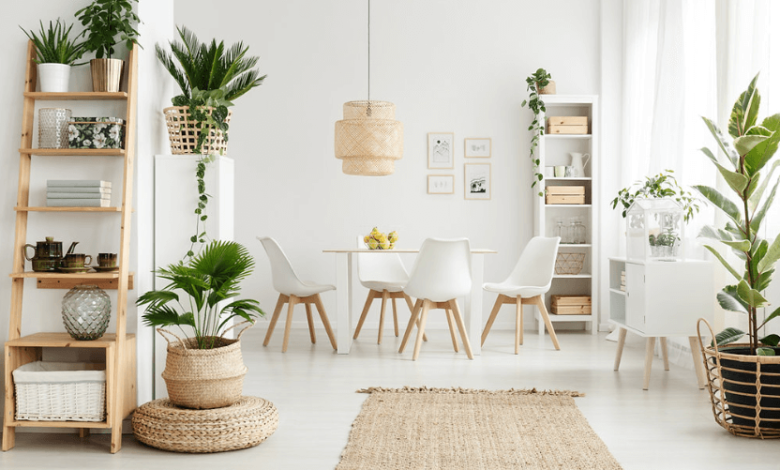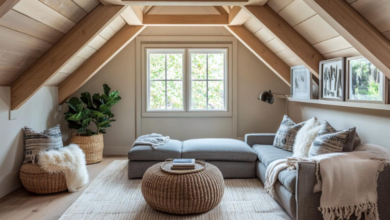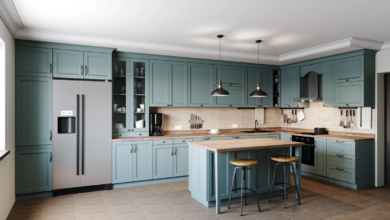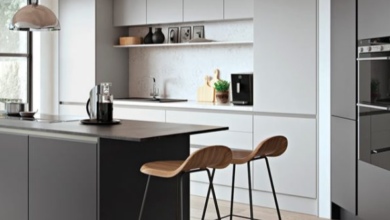A Lasting Solution for Healthier Living Spaces

Your home should be your sanctuary—a place where you feel safe, comfortable, and healthy. Yet many of us unknowingly live in environments that compromise our well-being through poor air quality, hidden toxins, and neglected maintenance systems. Creating a healthier living space isn’t just about occasional deep cleaning or adding a few houseplants. It requires a comprehensive approach that addresses the root causes of indoor pollution and establishes sustainable practices for long-term wellness.
The quality of your indoor environment directly impacts your physical health, mental clarity, and overall quality of life. From the air you breathe to the water you use, every element of your home ecosystem plays a role in supporting or undermining your health goals.
Understanding Indoor Air Quality Fundamentals
Indoor air pollution often exceeds outdoor levels by two to five times, according to the Environmental Protection Agency. Common culprits include volatile organic compounds (VOCs) from furniture and cleaning products, dust mites, pet dander, and moisture-related issues that promote mold growth.
Poor ventilation traps these pollutants inside your home, creating a cycle of contamination that affects respiratory health, triggers allergies, and can lead to long-term health complications. The first step toward healthier living involves identifying and addressing these hidden threats.
Start by investing in air purifiers with HEPA filters for high-traffic areas like bedrooms and living rooms. These devices remove 99.97% of particles that are 0.3 microns or larger, including dust, pollen, and many bacteria. However, technology alone won’t solve the problem—you need to address pollution sources directly.
Creating Chemical-Free Zones
Traditional cleaning products, air fresheners, and pesticides introduce unnecessary toxins into your living space. Many commercial cleaners contain ammonia, chlorine, and synthetic fragrances that contribute to respiratory irritation and hormone disruption.
Replace conventional cleaners with simple, effective alternatives. White vinegar mixed with water handles most surface cleaning tasks, while baking soda tackles odors and stubborn stains. Essential oils like tea tree and lavender provide natural antimicrobial properties without synthetic additives.
Consider switching to low-VOC or zero-VOC paints, furniture, and building materials when renovating. These products significantly reduce off-gassing and improve long-term air quality. Natural fiber rugs, solid wood furniture, and organic bedding further minimize chemical exposure while creating a more comfortable living environment.
Water Quality and System Maintenance
Clean water is fundamental to healthy living, yet many homes have water quality issues that go unaddressed. Hard water, chlorine, and sediment affect not only the taste and smell of your water but also your skin, hair, and household appliances.
Install whole-house water filtration systems to remove chlorine, sediment, and other contaminants at the source. Point-of-use filters for drinking water provide an additional layer of protection against specific pollutants like lead or fluoride.
Regular maintenance of water-related systems prevents bigger problems down the road. Professional water heater service in Layton ensures your system operates efficiently and safely, preventing bacterial growth and maintaining consistent hot water temperatures that support proper sanitation.
See also: Tips for Choosing the Best IPTV Service for Your Home
Humidity Control and Ventilation Strategies
Maintaining proper humidity levels between 30-50% prevents mold growth while keeping your respiratory system comfortable. High humidity creates breeding grounds for dust mites and mold, while overly dry air irritates mucous membranes and increases susceptibility to infections.
Use exhaust fans in bathrooms and kitchens to remove excess moisture at its source. Dehumidifiers help control humidity in basements and other problem areas, while humidifiers can add necessary moisture during dry seasons.
Proper ventilation extends beyond humidity control. Opening windows when weather permits allows fresh air circulation and helps remove indoor pollutants. Ceiling fans improve air circulation without the energy costs of air conditioning, creating more comfortable temperatures while promoting better air quality.
Natural Light and Circadian Health
Natural light exposure supports your body’s circadian rhythms, which regulate sleep, hormone production, and immune function. Many modern homes limit natural light through heavy window treatments or poor design, creating environments that disrupt these essential biological processes.
Maximize natural light by using sheer curtains or blinds that can be fully opened during daylight hours. Light-colored walls and mirrors reflect available light throughout your space, reducing the need for artificial lighting during the day.
Consider full-spectrum LED bulbs that mimic natural sunlight for areas with limited windows. These bulbs support vitamin D production and help maintain healthy sleep-wake cycles, especially during winter months when natural light exposure is reduced.
Building Long-Term Habits
Sustainable healthy living requires consistent daily practices rather than occasional intensive efforts. Establish routines that maintain your progress without overwhelming your schedule.
Daily habits might include opening windows for fresh air circulation, using natural cleaning products for quick cleanups, and checking humidity levels. Weekly tasks could involve changing air filter systems, deep cleaning with non-toxic products, and addressing any moisture issues promptly.
Monthly maintenance includes checking ventilation systems, testing water quality, and evaluating any new sources of indoor pollution. Annual professional inspections of HVAC systems, water heaters, and other major appliances ensure everything operates safely and efficiently.
Your Path to Lasting Wellness
Creating a healthier living space requires commitment, but the benefits extend far beyond your home. Improved indoor air quality leads to better sleep, increased energy, and reduced healthcare costs over time. Clean water supports optimal hydration and reduces exposure to harmful contaminants.
Start with one area of your home and gradually implement changes throughout your living space. Focus on eliminating major pollution sources first, then add supportive technologies like air purifiers and water filters. Remember that professional maintenance of key systems like water heaters and HVAC units prevents problems and maintains the healthy environment you’ve worked to create.
Your home can become a true sanctuary that supports your health goals and enhances your quality of life. The investment you make in creating healthier living spaces pays dividends in improved wellness, reduced medical expenses, and the peace of mind that comes from knowing your environment supports rather than undermines your health.




